Discover the accomplishments of the James Webb Telescope during its first year of operation. As the largest and most advanced space observatory ever built, Webb has revolutionized the understanding of the universe through its stunning images and groundbreaking discoveries.
Unveiling Hidden Depths
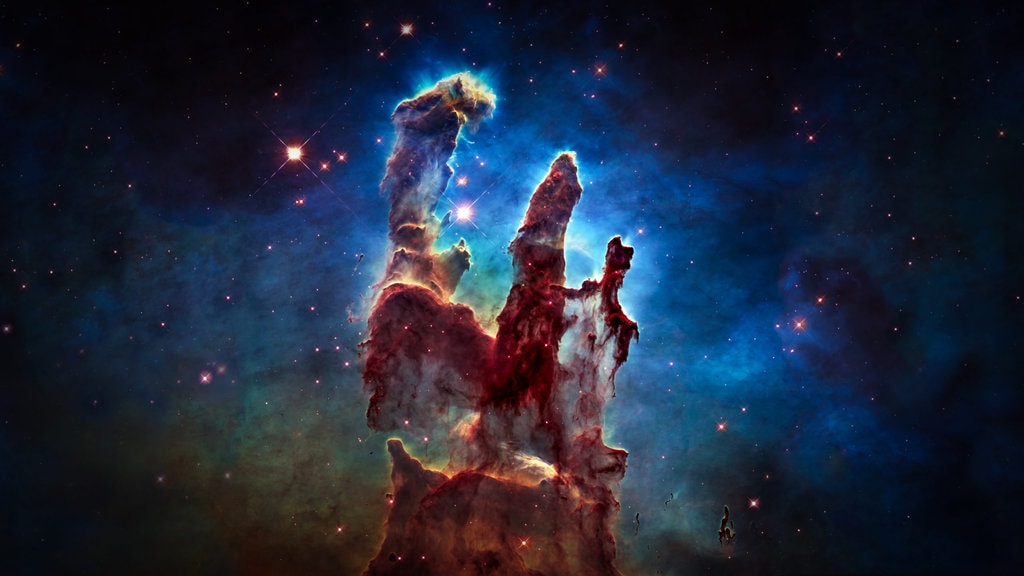
Webb’s capabilities have surpassed the iconic Hubble Space Telescope, revealing even more captivating details within the famous The Pillars of Creation image. By penetrating the dense dust and gas, Webb exposed young red protostars, providing a deeper understanding of the process of stellar birth. These newfound insights allow astronomers to study star formation in greater detail, unraveling the mysteries of the Eagle Nebula.
Capturing the Unseen With the James Webb Telescope
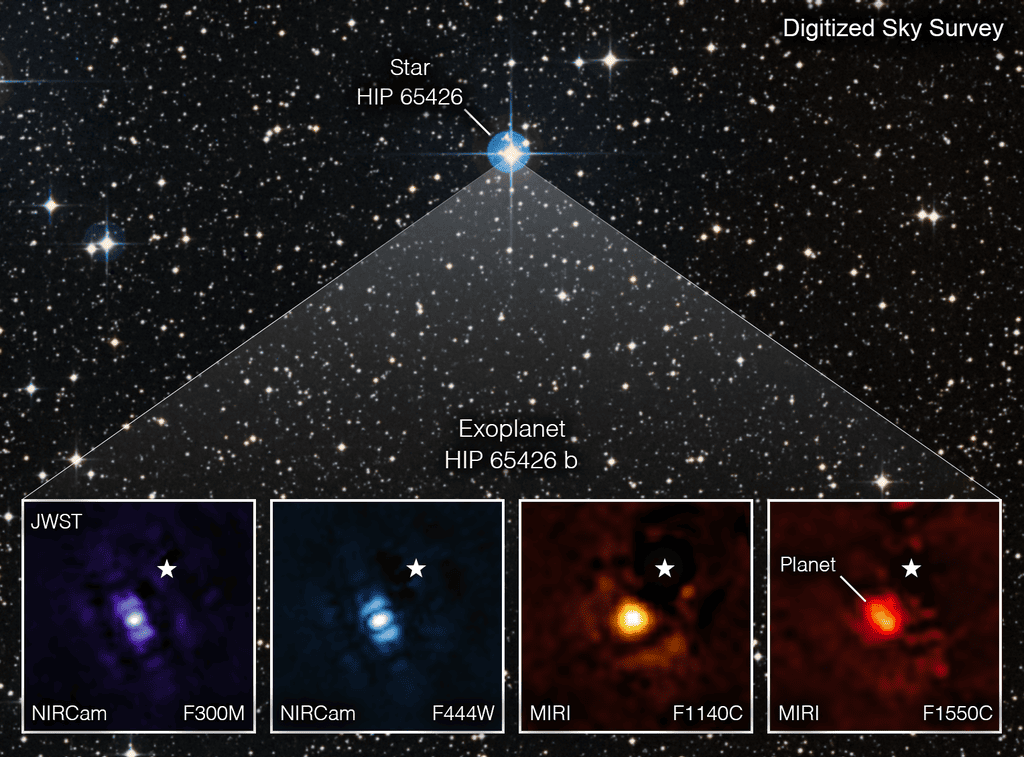
Breaking through the challenges of photographing exoplanets, Webb achieved a milestone by capturing the first-ever image of an exoplanet. Using a coronagraph to block the overwhelming light from its host star. Webb imaged the gas giant planet HIP 65426 b. The remarkable achievement showcases Webb’s enhanced sensibility, enabling scientists to search for exoplanets that were once beyond reach with previous instruments.
Atmospheres Unveiled
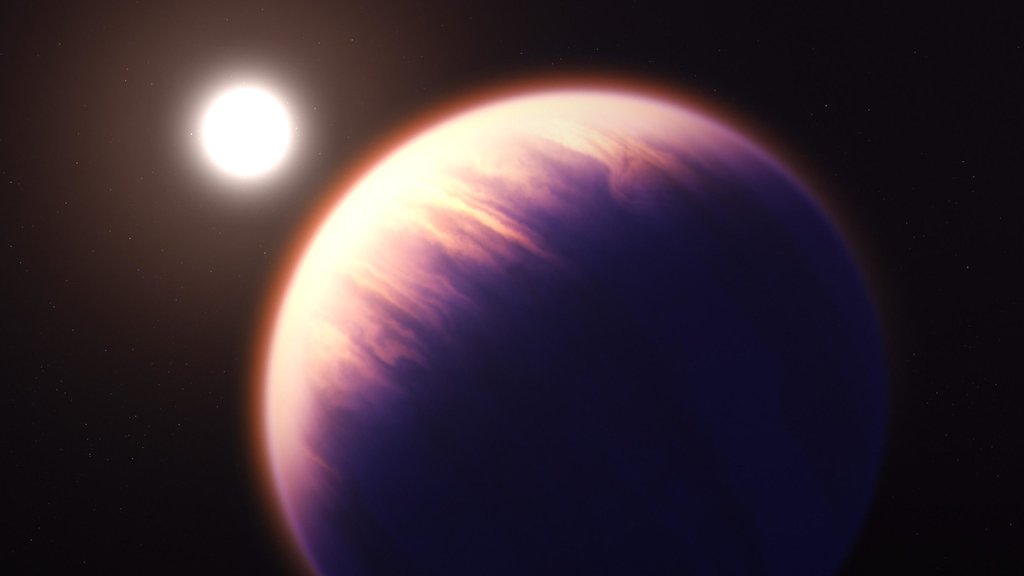
Webb’s exceptional ability to analyze exoplanet atmospheres has allowed scientists to unravel the chemical composition of distant worlds. By studying the atmosphere of the giant gas planet WASP-39b, researchers have discovered a plethora of atomic and molecular gases, including water vapor, sulfur dioxide, carbon monoxide, sodium, and potassium. These findings provide valuable insights into exoplanetary atmospheres, advancing our understanding of their complex nature.
Infrared Revelation
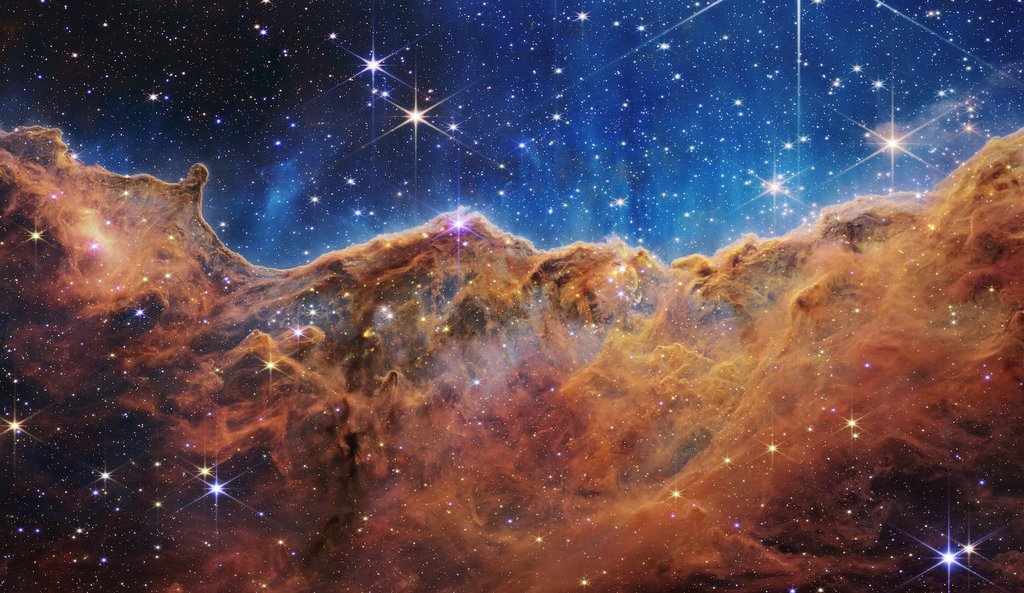
The James Webb Telescope reveals the hidden beauty within the Carina Nebula. The breathtaking Cosmic Cliffs image showcases eroded dust clouds shaped by intense ultraviolet radiation from newly formed stars. This newfound perspective showcases the intricate dynamics at play within these cosmic landscapes, providing a fresh understanding of known nebular structures.
Galactic Dance
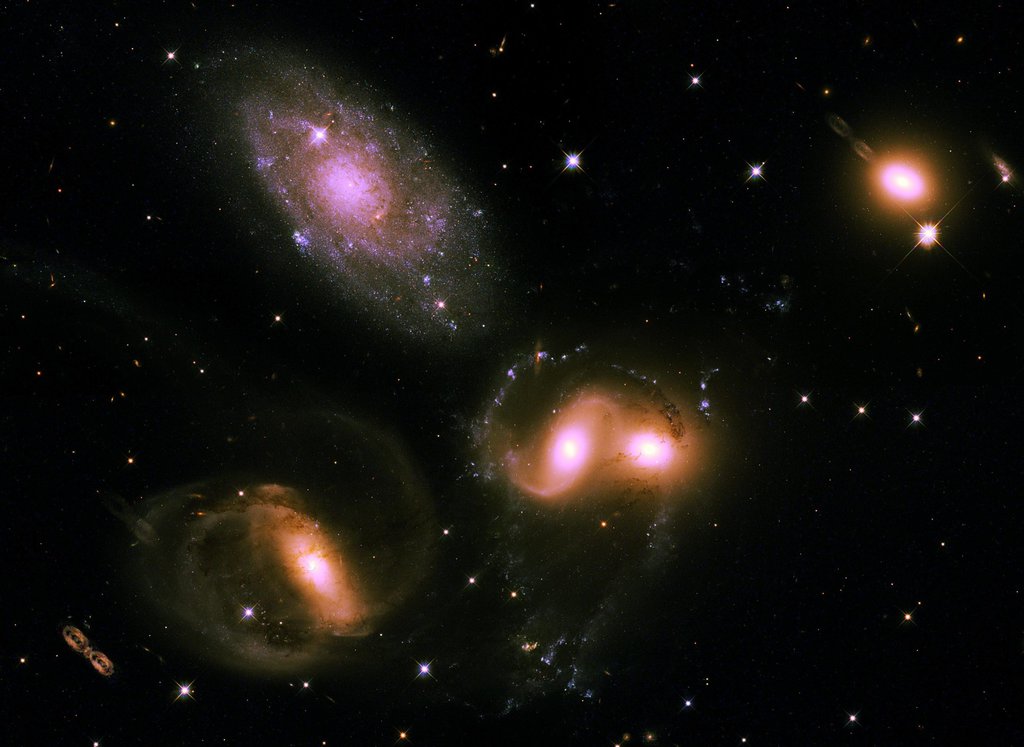
By capturing an image of the galaxy group known as Stephan’s Quintet, the James Webb Telescope unveils the gravitational interactions between these celestial bodies. These interactions offer a unique opportunity to study galactic mergers, star formation, and the formation of supermassive black holes. Stephan’s Quintet serves as a captivating glimpse into the mechanisms that shaped galaxies throughout cosmic history.
Stellar Signature
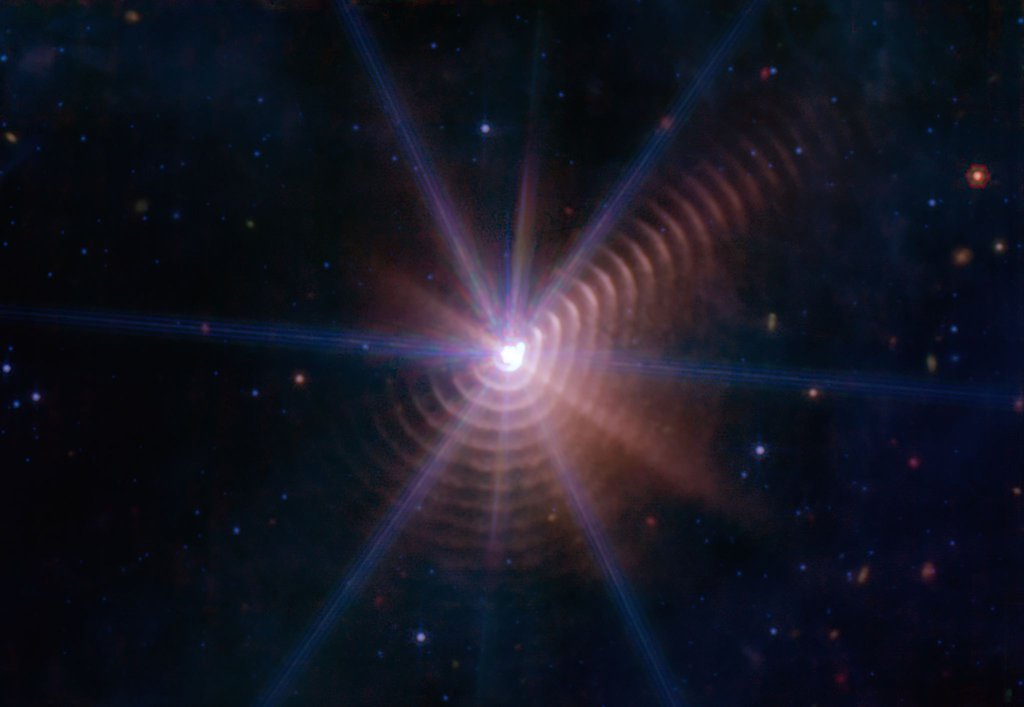
Webb’s image of the Wolf-Rayet star WR 140 unveils its peculiar concentric rings, shedding light on the complex dynamics of this double star system. These rings, formed by the interaction of stellar wind, provide insights into dust formation processes spanning over a century. This unique observation deepens our understanding of stellar evolution and the forces shaping celestial bodies.
Magnifying the Cosmos
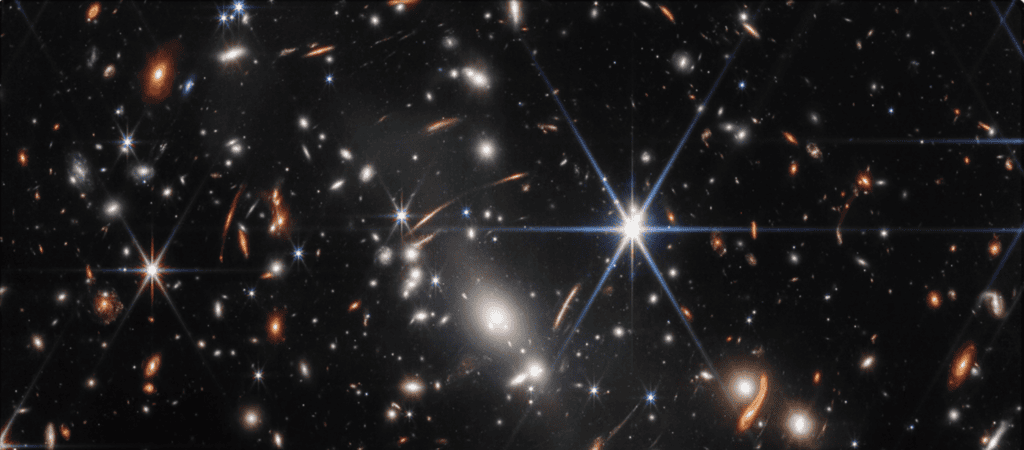
The James Webb Telescope’s detailed view of galaxy cluster SMACS 0723 magnifies the early universe. Acting as a gravitational lens, this cluster unveils a multitude of cosmic wonders. The power of Webb’s observations ignites excitement for forthcoming discoveries that will redefine our perception of the cosmos.